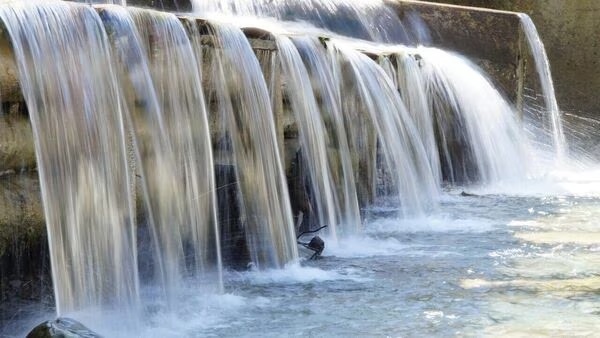ISLAMABAD (INP): The water flow of Ravi river has reportedly been stopped to Pakistan after the completion of Shahpur Kandi barrage which is situated on the borders of Indian Punjab and the state of Occupied Jammu and Kashmir, as per Indian media reports.
India Today reported that previously allotted 1150 cusecs water of Pakistan, will now benefit the region of Indian occupied Jammu and Kashmir (J&K). The water will be benefiting 32,000 hectares of land in the Kathua and Samba districts.
Indian perusing the water terrorism agenda, now executing the latest project of Shahkandi barrage that would supposedly be used for ‘irrigation and for hydro power generation’ but at the cost of cutting the flow towards Pakistan. Already India so far constructed many dams like Bhakra Dam on Sutlej, Pong and Pandoh Dam on the Beas and Thein (Ranjitsagar) on the Ravi.
The Indus Waters Treaty is a water-sharing agreement between India and Pakistan, arranged by the World Bank, signed on September 19, 1960.
The treaty divides the rivers into two categories: Eastern Rivers (Sutlej, Beas, and Ravi) which are allocated to India, and Western Rivers (Indus, Jhelum, and Chenab) which are allocated to Pakistan.
Indian media reported Shahpur Kandi dam completion allows India to make maximum use of the River Ravi water previously flowing towards Pakistan from the Lakhanpur dam.
It is pertinence to note that former Indian Prime Minister Narsima Rao laid the foundation stone for the shahpur kandi in 1995 and remained disputed for almost over four and a half years.
Earlier, addressing the UN Security Council, Pakistan Permanent Representative in the United Nations Ambassador Munir Akram said Pakistan aims to reinvigorate the Indus River basin which provides food security to over 225 million people.
Pakistan has called for strict implementation of the 1960 Indus Waters Treaty to address the looming water crisis.
He said that to this end, Pakistan has launched the multi-dimensional Living Indus projects.







